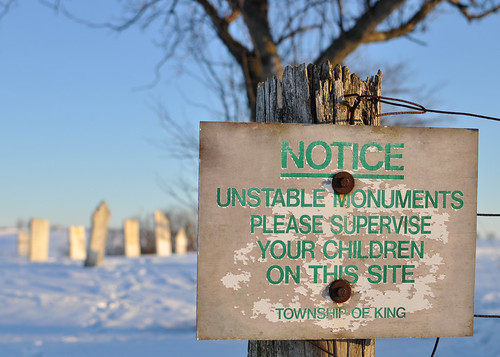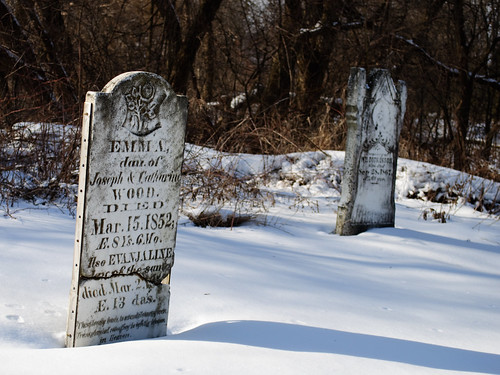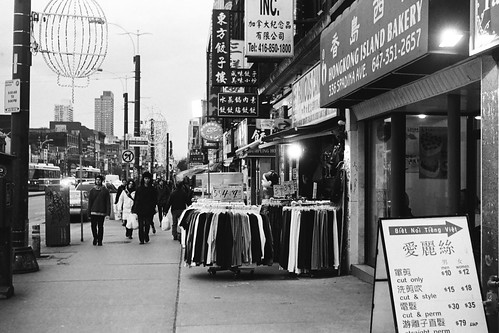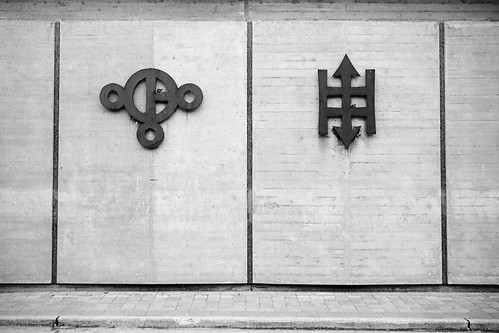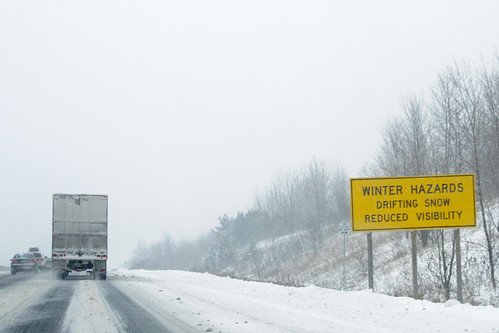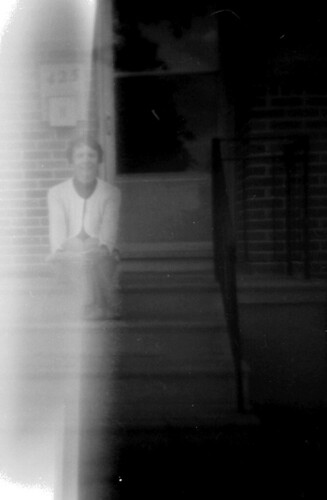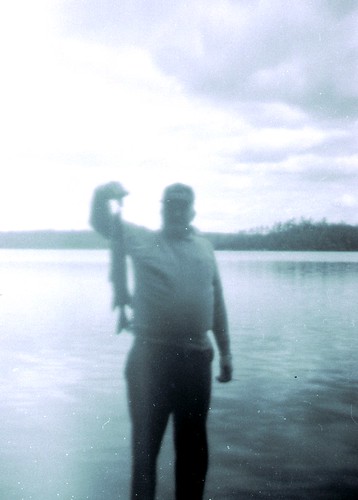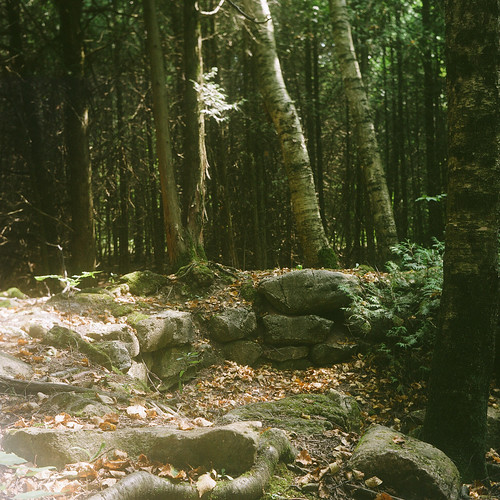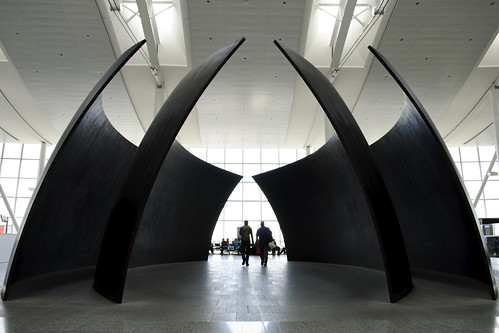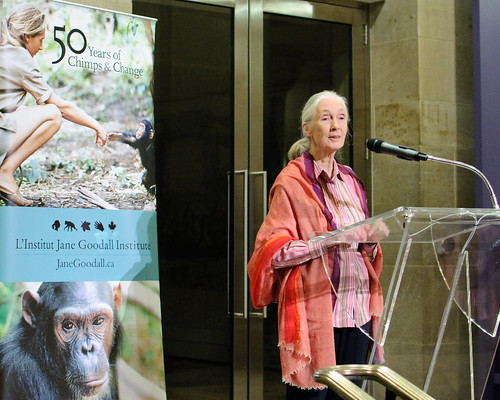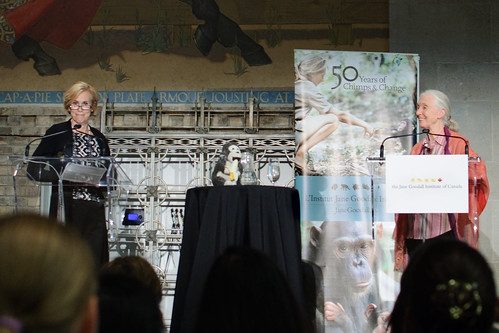In between grant writing, which has consumed much of the first two months of this year, and the inevitable mountain of other things that have been set aside because of it, I’ve managed to escape and explore a little more local history, to go with my previous exploration of the quicklime industry. This part of southern Ontario was, at one time, riddled with small settlements, dating from the mid-1800’s. Canada’s a very young country, at least in its present form, and it’s only recently that the suburbs where I live stopped being farm fields. Before that, the landscape was punctuated by small communities, in many cases seemingly created at the whim of someone who built a store, or decided that a post office ought to be in a particular spot. Some, like Lloydtown and Laskay, still exist, whereas others have changed their names. Many have simply disappeared: Kinghorn and Strange are nowhere to be found, Hope is now an intersection near a new subdivision, and Snowball is a gas station and a general store. But look hard enough, and there are traces: the settlers left their dead behind.
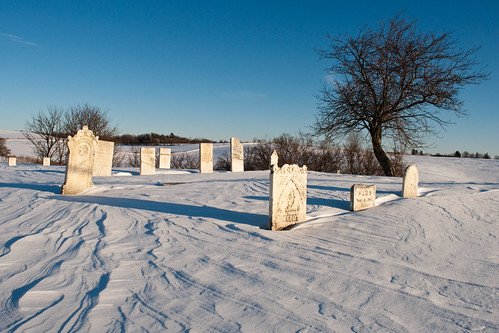
Episcopal Old Methodist cemetery, Kinghorn.
Some early cemeteries, like the one pictured above, are remarkably easy to miss, consisting of just a few stones tucked away behind some bushes and a small marker sign. Kinghorn was an important place once, with a large tannery, an important school, and an Episcopal Old Methodist church founded in 1848 that finally closed its doors in 1890 and is now nowhere to be seen. Only the cemetery remains, the schoolhouse having been relocated a short distance away on the grounds of the King Township Museum, and everything else gone.
A few pieces of Strange, by contrast, can still be found, although there’s not much of it. Named after Dr. Frederick William Strange as thanks for his securing a post office, its church is extant, although converted into a private dwelling – still with the graveyard attached. A short distance away is another, this time of the Wesleyan Old Methodist flavour. There were plenty of others: Hammertown, Linton, Temperanceville, Eversley.
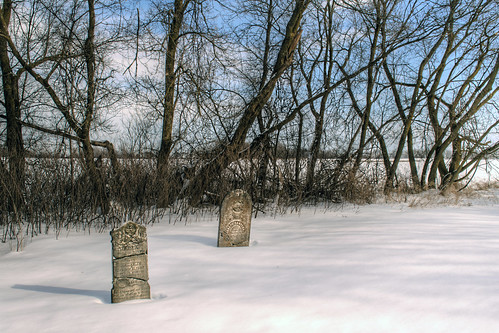
Wesleyan Old Methodist cemetery, Strange.
Many of these monuments have decayed over time, either due to the elements, or through vandalism, to the point at which King Township has put up signs warning any sporadic visitors to take care that their children don’t climb on them.
Some have had their gravestones compiled into cairns, and others are just long gone, despite appearing on the occasional map.

A cross-shaped cairn – Hope Primitive Methodist Church cemetery, now in Maple, Ontario.
For these recent visits I’ve taken advantage of the snow, which has added some pretty sculpting to the landscape, set off by long shadows from the late-afternoon, wintry sun. While a few storms we’ve had recently have snarled traffic and cancelled flights, we’ve gotten off pretty lightly compared with other parts of the continent. That hasn’t stopped a certain degree of grumbling about late commuter trains and driveway shoveling, though.
It may be de rigueur to complain about the weather, but these expeditions are a reminder that even as little as a century and a half ago, life in this part of Canada was much harder. Some of the headstones tell heartbreaking stories of lives cut very short indeed. There were plenty of documented fires in these early settlements, and diseases and farming accidents would have taken their toll. But doubtless many deaths were simply due to winter. All of these towns, now easily accessed by highway, concession line or sideroad, would have been hours apart, even in good weather. In winter they would frequently have been completely isolated. That, along with mid-19th century medicine, would likely have turned infections that are innocuous by modern standards into killers.
In Strange, I came across this headstone:
The inscription reads:
Emma, dau.[ghter] of Joseph and Catharine Wood
Died Mar. 15, 1852
Ae. [aged] 8 Ys. 6 Mos.
Also Evanjaline
dau. of the same
Died Mar. 2, 185[2]
Ae. 13 das. [days]
What must this have felt like? Two daughters dead within weeks, one a newborn. The stone is footnoted with the beautifully poignant epitaph:
These loving buds, to us a while were given
Transported now they brightly bloom in Heaven.
All of these cemeteries contain similarly young victims. In Strange, we also find Edith, who died at 4 months, and Hellen, just short of her twenty-third birthday. In Kinghorn, Sarah, Ellen and Mary Ann, ranging from 10 to 26. In Llloydtown there is Susan, 20, and little Edwin, recorded to the exact day at only 1 year, 9 months, and 14 days. Although there are plenty of citizens who lived to (reasonably) ripe old ages, the message is carved in stone, quite literally – times were tough in mid-1800’s rural Ontario, even here in the comparatively mild south.

But nine years old when he died. Strange, Ontario.
There is a lot more of this history to explore, and my hat is off to the local historical societies, and the Ontario Genealogical Society, who have collectively done much to preserve and catalogue these sites. I’ve recently managed a visit to the much larger cemetery in Lloydtown, a place infamous for being one of the hotspots during the Upper Canada Rebellion. That story, and those photographs, can wait. In the meantime, the weather here’s lifted above freezing, and spring’s crocuses can’t be far off. Time to remember the sisters Emma and Evanjaline, and be thankful for easier days than theirs.
Further information:
- The Bone Yard Blogger – A wonderful resource for anyone digging around the old cemeteries of Halton, Peel, York, and Simcoe.
- Cemeteries of King – Useful, if low-resolution, reference map (PDF).
- King Township Museum – Full of interesting history, and the site of several buildings including the old Kinghorn schoolhouse.
- King Township Public Library – A nice summary of the history of several local villages. See also the heritage page, and in particular the wonderful Early Settlements of King Township, Ontario, by Elizabeth McClure Gillham (freely available online).
- Kinghorn School Days – A gallery of photographs curated by the King Township Museum.
- Camera on King – Not strictly about cemeteries, but Barry Wallace’s blog is a nice, visual documentary of things both old and modern in King Township.

